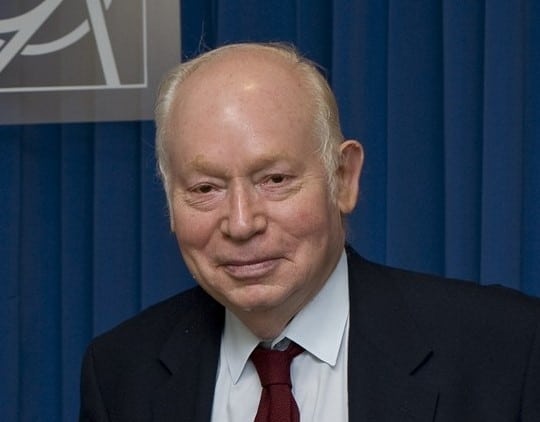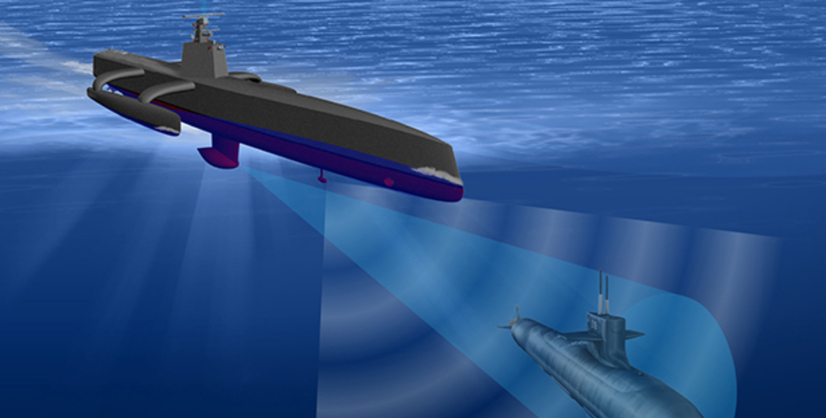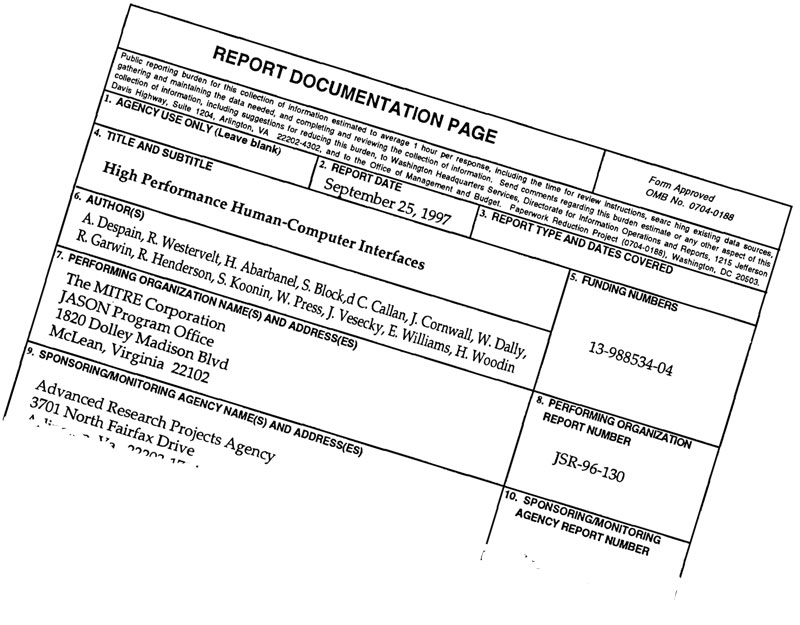TECHNOCRACY MEETS THE JASONS
Global collaboration of scientists needed to solve polycrisis
According to the research authors, a ‘global polycrisis’ occurs when crises in multiple systems interact in ways that greatly magnify their threat to humanity’s well being.
Heightened global interconnectivity and human pressures on planetary boundaries generate increasingly harmful and extensive crisis interactions that make it impossible to solve any one problem alone, findings published in Cambridge University Press journal Global Sustainability reveal.
The polycrisis concept is valuable for understanding the interaction between crises and helping address them.
Researchers have identified five key properties of global systems that help generate polycrises while hampering crisis mitigation: multiple causes, non-linearity, hysteresis, boundary permeability, and “black swan outcomes”.
They also identified five key global systems currently undergoing radical change: the Earth’s environmental system, the global human energy system, the international security system, the global economic system, and the information system.
Tackling the polycrisis
An international group of natural and social scientists from the Cascade Institute, the Potsdam Institute for Climate Impact Research, and the Research Institute for Sustainability is calling on scientists from around the world to work together to better understand the growing interconnections between the world’s problems.
The climate crisis and its ties to other global systems show just how urgent that call is.
Climate change is already threatening food production by altering growing conditions and generating increasingly frequent and severe extreme weather events. The resulting dilemma shows just how entangled our problems have grown. Food production could adapt by deepening its dependence on industrial methods and converting further ecosystems into farmlands, but these strategies will increase greenhouse gas emissions while threatening biodiversity, placing even further stress on food systems. Yet food production will have to expand to reliably feed a still growing human population.
A worldwide transition to renewable energy sources could help reduce agricultural and other emissions, but such a transformation requires immense amounts of cement, plastic, and steel, none of which can yet be produced in the quantities needed without consuming large amounts of fossil fuels.
Lead author of the new research, Dr. Michael Lawrence of the Cascade Institute at Royal Roads University, said: “The concept of polycrisis highlights several difficult features of contemporary global crises: specifically, that their combined effects are different than those the crises would have separately; they lack single causes and thus have no simple solutions; and they stem, in part, from the dense interconnectivity within and between global systems, which makes them especially difficult to understand and manage.
“The growing popularity of the term polycrisis indicates that more and more people recognise that the world's problems require new ways of thinking and acting. Orthodox responses are not up to the task.
“Above all else, the polycrisis concept emphasises that crises interact with one another in highly consequential ways that are grossly underappreciated by academic and policymaking institutions that study those crises individually, in separate silos.”
Looking forward
The researchers made three policy recommendations based on their findings.
- Focus on crisis interactions, not isolated crises.
- Address systems architecture, not just events.
- Exploit high-leverage intervention points.
In considering polycrisis, it is vital to remember that a single, well-formulated solution might ease several crises simultaneously – meaning, it might do multiple good things. A global effort to keep climate heating under 2°C (if not 1.5°C) could limit extreme weather, the disruption of ecosystems, pernicious health effects, and climate-propelled migration, significantly improving humanity’s prospects.
Research co-author, Prof. Ortwin Renn of the Research Institute for Sustainability Helmholtz Centre Potsdam, said: “The complex and interconnected world creates major challenges and problems, but it also provides new opportunities.
“If we are able to understand the key triggers that are responsible for releasing a whole set of interdependent consequences, we may also be able to use them prudently to induce positive changes with many positive repercussions.”
JOURNAL
Global Sustainability
METHOD OF RESEARCH
Content analysis
SUBJECT OF RESEARCH
People
ARTICLE TITLE
Global Polycrisis: The Causal Mechanisms of Crisis Entanglement
ARTICLE PUBLICATION DATE
17-Jan-2024

















Last-minute intervention saves JASON government advisory panel from closure
New offer